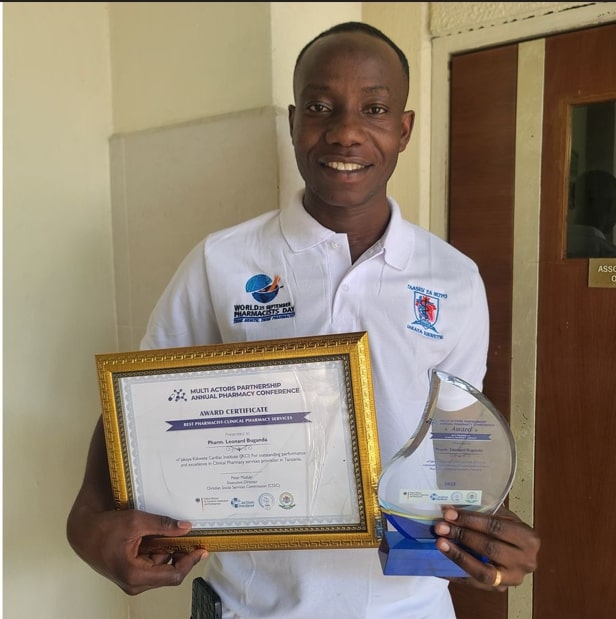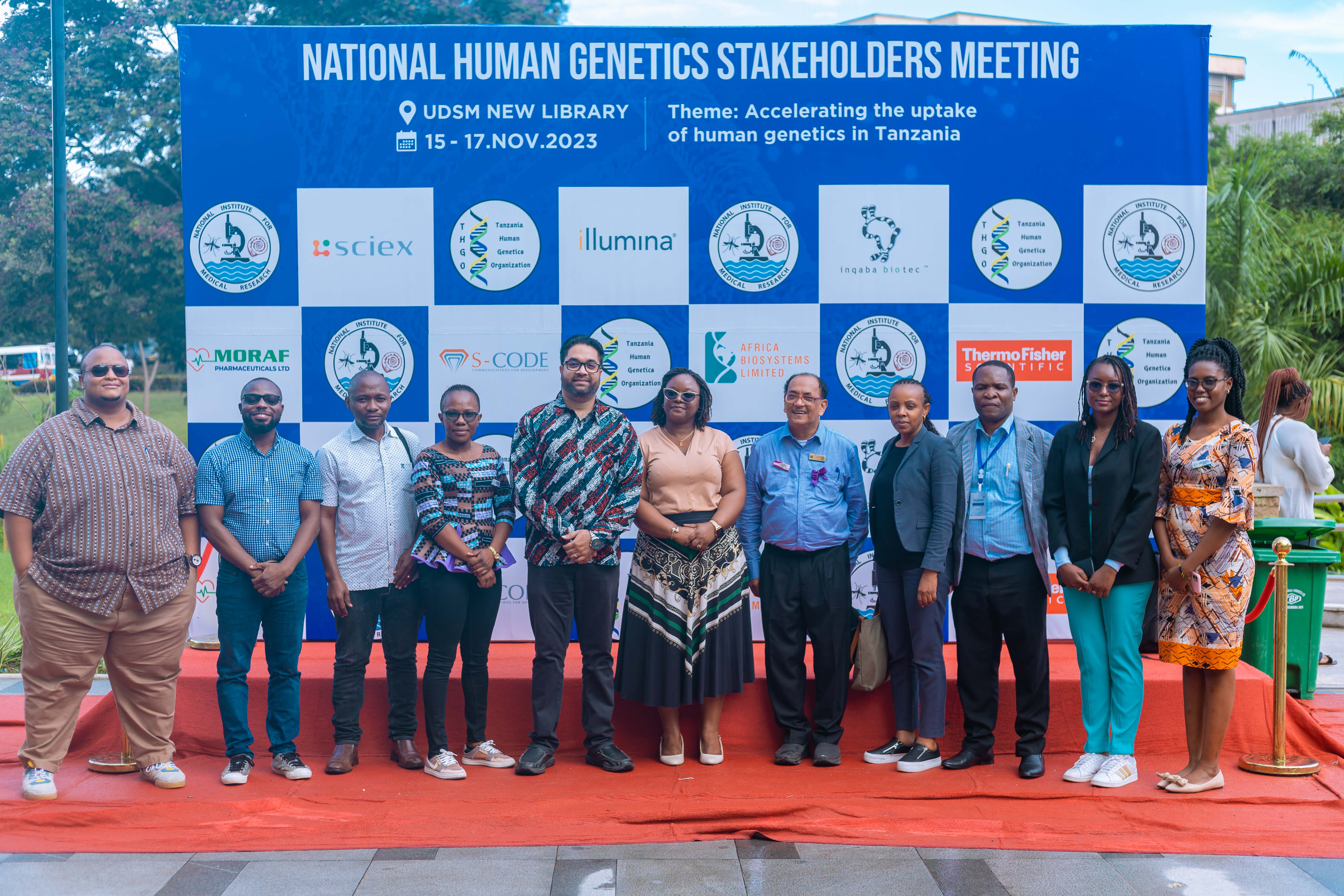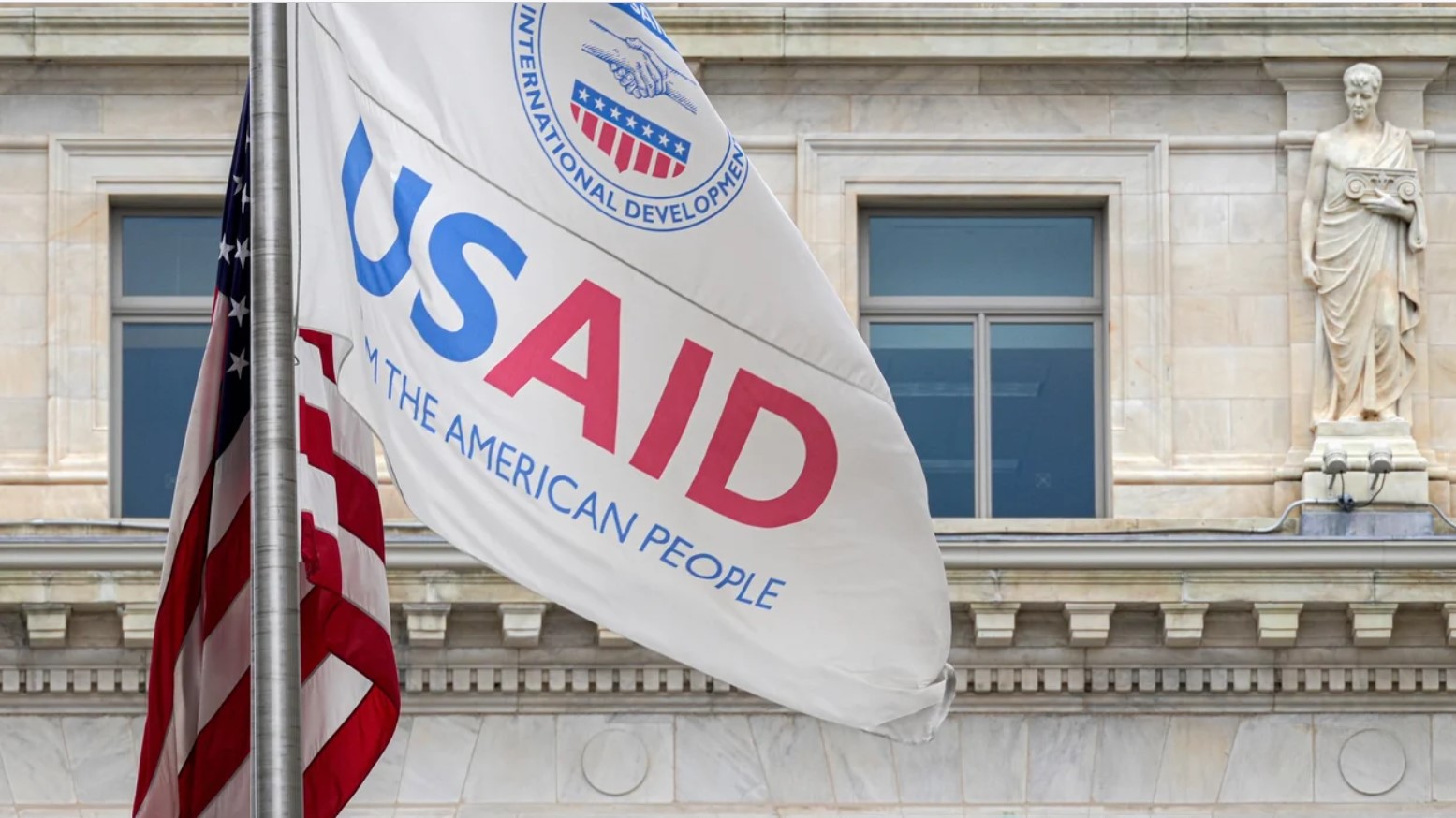The United States Agency for International Development (USAID) may be poised for significant changes in the coming months, according to insights gleaned from the Project 2025 document. This document offers clues into potential priorities for the new administration, suggesting a refocusing of the agency’s mission and operations.
A key theme throughout the Project 2025 chapter on USAID is a drive towards making the US safer and more prosperous. This overarching goal is coupled with specific recommendations that could reshape the agency’s work.
The document advocates for a return to pre-COVID budget levels and a reframing of “gender” initiatives to concentrate on “women, children, and families.” This suggests a potential shift in program focus and funding allocation.
Capacity building within host countries emerges as a clear priority. Project 2025 strongly recommends increasing awards to local, and particularly faith-based, NGOs. The document highlights the success of PEPFAR’s localization strategy, which significantly increased funding to local entities, as a model to be replicated across USAID.
This push for localization extends to humanitarian assistance, with a call to transition away from large awards to UN agencies, global NGOs, and contractors, in favor of direct engagement with local, especially faith-based, organizations already on the ground.
The document also suggests leveraging existing Presidential Initiatives, such as the President’s Malaria Initiative (PMI) and PEPFAR, to facilitate a transition towards national ownership and funding of these programs. Private sector engagement is another recurrent theme, indicating a desire for increased collaboration with businesses.
The potential impact of Project 2025 extends beyond USAID, with implications for domestic health agencies outlined in a separate chapter. The document proposes restructuring the Centers for Disease Control and Prevention (CDC) into two separate entities: one focused on epidemiological data and the other on policy and advice. The National Institutes of Health (NIH) could also see its role diminished, with grant funding potentially shifting to the state level.
Transparency and accountability are emphasized as core pillars for public health. This includes clear thresholds for declaring and ending public health emergencies, as well as a requirement for staff to promote a pro-life and pro-family agenda. In the realm of family planning, the document advocates for the acceptance and promotion of Fertility-awareness Based Methods (FABMs) as effective options, alongside a focus on Sexual Risk Avoidance, emphasizing delay, relationships, and family values.
These recommendations within Project 2025 suggest a potential reshaping of USAID’s priorities and operational strategies, with ripple effects across domestic health agencies. The emphasis on localization, faith-based organizations, and a refocused approach to gender and family planning could significantly alter the landscape of US foreign aid and global health initiatives.









